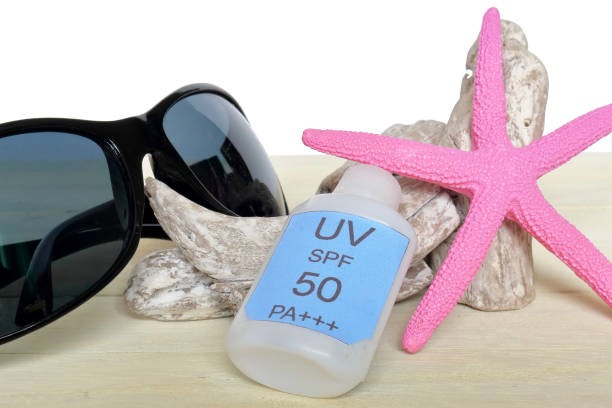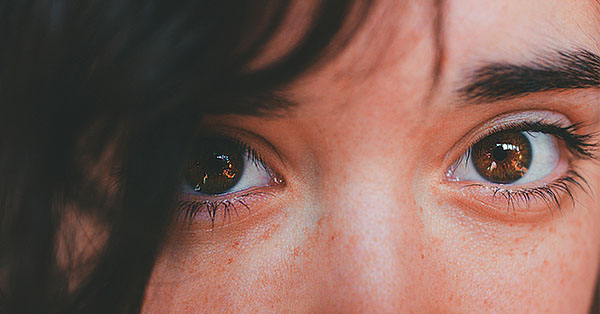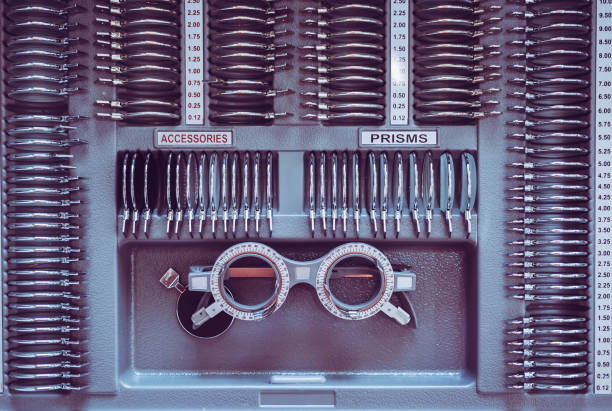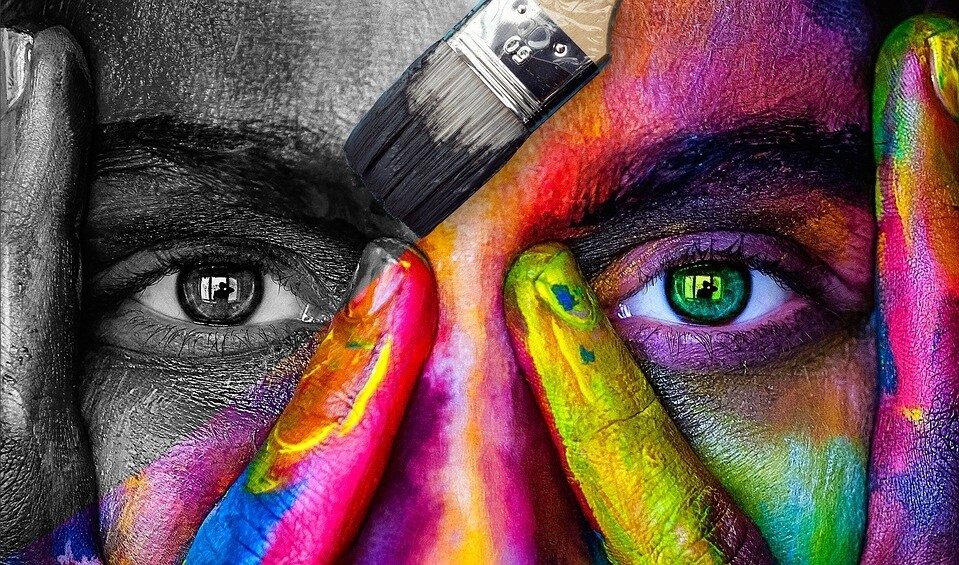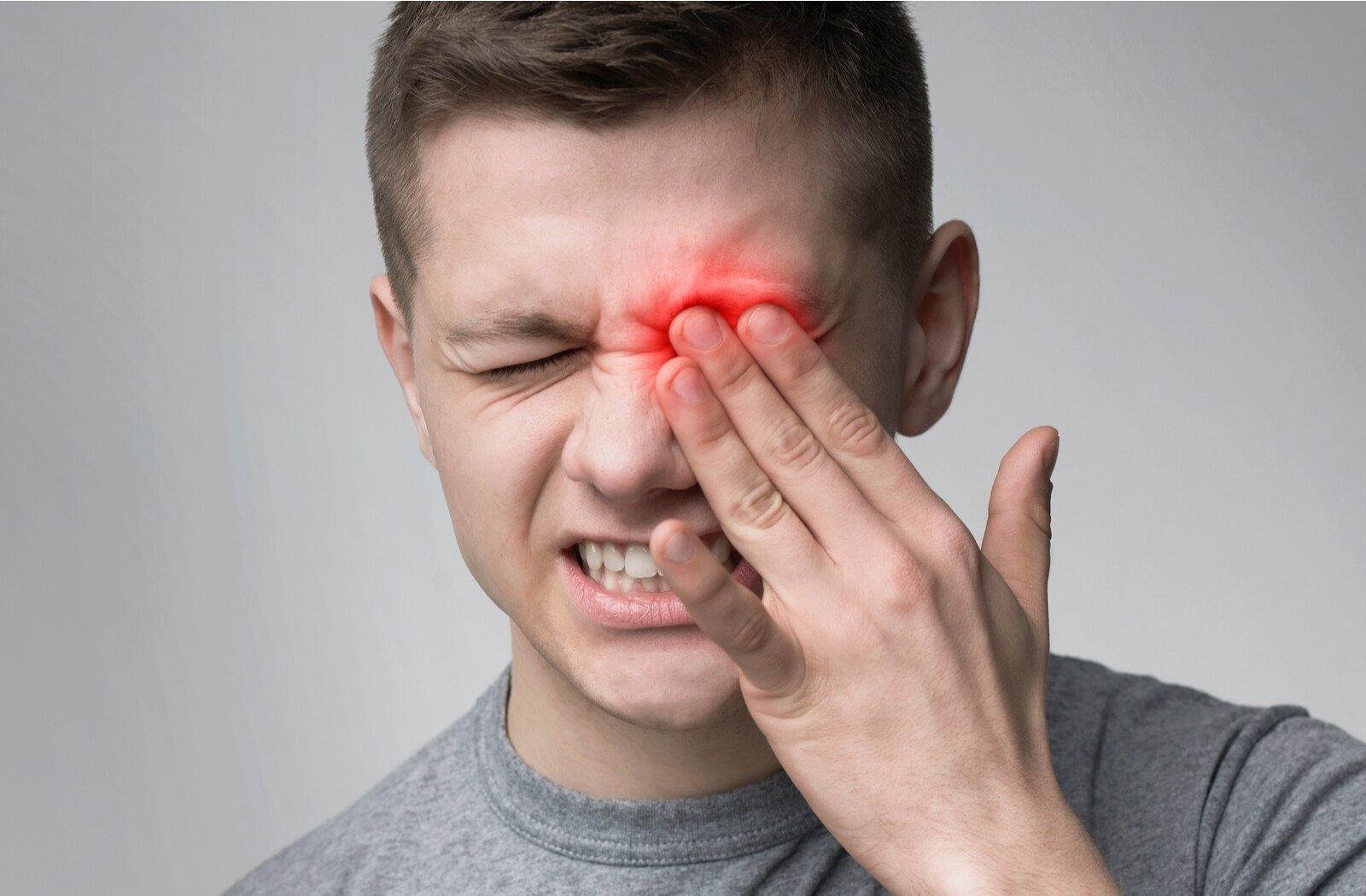
What Glasses Suit My Face? Best Frames for Your Face
February 27,2023

What is Boho Style? A Comprehensive Guide to Boho-Chic Fashion
February 13,2025

Virtual Glasses Try On - Find Your Perfect Pair Online
April 02,2024

UV Protection Glasses VS. Blue Light Glasses - Vooglam
July 20,2023

Newest Style Modern Trendy Mens Glasses | Vooglam
March 01,2024

Stylish Reading Glasses: Blending Fashion with Functionality
February 16,2023

What are photochromic lenses & glasses?
September 22,2023

Brown Eyes: The Beauty of the Most Common Hue
September 01,2024

The chubby face glasses for round face female
August 02,2023

What are prisms in eyeglasses?
March 20,2023

What are Bifocal Lenses? - Vooglam
April 14,2023

How to Read Your Eyeglass Prescription?
March 11,2023
What is a Diopter? Eye Prescription & Vision
If you’ve ever had an eye exam or shopped for magnifying lenses or reading glasses, you’ve likely come across the term diopter. But what is a diopter, and how does it relate to your vision?
Understanding diopters can help you grasp how lenses are used to correct your eyesight. Whether you're nearsighted, farsighted, or dealing with astigmatism, diopters play a central role in your eye prescription and how clearly you see the world.

Diopter Definition and Meaning
To begin, let’s define diopter. A diopter is the unit of measurement used to describe the optical power of a lens. A diopter shows what level of lens curve is required to aim light satisfactorily to your retina. Simply put, diopters tell you how strong a lens needs to be to correct your vision.
What are diopters? They are numbers that represent the strength of your corrective lenses. A positive diopter corrects farsightedness, while a negative one corrects nearsightedness. For example, someone with -2.00 diopters of myopia has moderate nearsightedness.
The term may sound technical, but understanding diopters meaning can help you make more informed choices about your eye care.

Diopters in Vision Correction
Now that we understand the diopter definition, it’s important to see how this measurement is used in practice. When your eye doctor writes a prescription, they use diopters to determine how much correction is required to bring your vision to 20/20. That’s why you see terms like diopters to 20/20 in lens conversion charts.
So how does diopters to 20-20 conversion work? While not exact, a prescription of -1.00 diopter usually correlates to about 20/40 vision, while -2.00 might bring you to 20/100. The higher the number, the blurrier your natural vision without correction. In essence, more diopters = stronger correction.
What magnification is the equivalent of 5 diopters? It would be roughly 2.25x magnification. Diopter values are commonly used for magnifying glasses, especially in reading lenses or hobby lenses.

Diopters and Astigmatism
Astigmatism is another vision condition that involves diopters. A cornea with an abnormal shape causes both blurred and altered vision in the condition known as astigmatism, which differs from regular blurry sight issues.
In prescriptions, the astigmatism diopters are recorded in the CYL (cylinder) section. This figure shows how much power a lens requires to improve unequal eye surface shape. The greater the CYL value in diopters, the more severe the astigmatism. Understanding your diopters of myopia and astigmatism can help clarify the complexity of your vision needs.
Other Uses of Diopters: Split Diopters and Focal Length
While most people associate diopters with eyeglasses or contacts, they are also used in photography and cinematography. A split diopter is a type of lens attachment that allows both the foreground and background of a shot to remain in sharp focus—often used for dramatic or creative visual effects.
In optical physics, diopters to focal length refers to the inverse relationship between a lens's optical power and its focal length. For example, a lens with a power of 2 diopters has a focal length of 0.5 meters. Prescription lens makers use this principle to determine which distance a lens needs to focus.
Final Thoughts
So, what is a diopter? Your diopter measurement describes much more than simply the strength of your prescription. The measurement helps your eye doctor develop the best way to improve your vision. From basic vision correction to magnification, diopters are central to how lenses are designed and how well they function.
Whether you're trying to convert diopters to 20/20, understand diopters of myopia, or are curious about split diopters in film, having a grasp of the term helps you better navigate the world of vision and optics. Once you understand the meaning and measurement of diopters, your next eye prescription will make a lot more sense.

Vooglam Blog
Vooglam blog shares professional knowledge about eyeglass frames, lenses, etc., and provides help when purchasing and using eyewear products. At the same time, Vooglam focuses on fashion glasses to interpret the trend of glasses for you.

What Is 20/200 Vision?
If you want to keep your eyes healthy and see well, you need to know how to test visual acuity. 20/200 vision is one of the most important standards in the field of eye care. People typica
July 04,2025
Different Types of Color Blindness: What They Are and How They Affect Vision?
Color vision deficit (CVD), sometimes known as color blindness, is a visual disorder that affects a lot of people around the world. Color vision deficiency (CVD) makes it hard for certain people
July 04,2025
Why Do My Eyes Hurt? Common Causes, Treatments, and When to See a Doctor
A lot of people have had eye pain at some point in their lives. It could be an indication of anything that isn't too serious or something that needs medical treatment, whether it's slight discom
July 04,2025
How Long Does It Take to Adjust to New Glasses?
Got new glasses but your vision feels off, or your head hurts? Before you panic or rush back to the optometrist, take a deep breath — you're experiencing something completely normal. The question "How
July 04,2025













